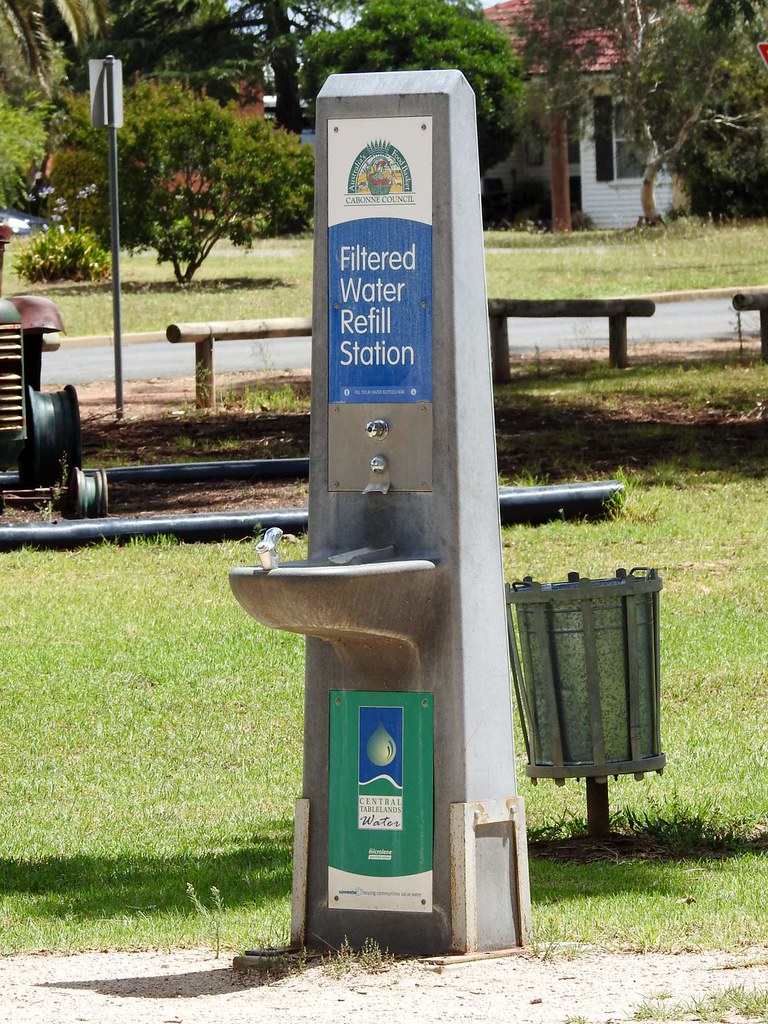November 2019

Here is the content of my speech for the preliminary competition.
‘I like to think of myself as a doctor of water filters or, more precisely, membrane filters. Even my twitter handle is @waterfilterDoc. You see, membranes have increasingly become an essential component in providing us clean drinking water. But while working for us, they kind of get sick and eventually die. This is where my research comes in. In my research, I try to understand the reasons that led to the membranes getting ill and eventually die.
I wish I was like Dr. Doolittle, and the membranes talked to me, but alas, they don’t. So, just like a regular doctor, I run diagnostic tests, I look at their performance, and then suggest medicines. Since I know how the prescribed medication works, I am able to figure out the reason for the disease. As you can understand, the process is very iterative. To accomplish all this, I have a lab rat. Basically, I have developed my own lab-scale filtration system that emulates a real-world filtration setup. Using this setup, I would, on purpose, make the membrane sick with different diseases and then test a variety of medicines, and the iteration continues.
What I have found so far, is (1) there are some specific type of contaminants in water that have a particular affinity to the membranes, (2) these specific contaminants are not just themselves disease-causing but also help other contaminants to cause other diseases, (3) and the worst are the ones that can enter the pores of these filters. However, in my research, I have found two simple solutions: (1) make the size of contaminants bigger and therefore prevent them from entering the pores or (2) kill the contaminants before they reach the membrane by something as simple as household bleach. My research is still ongoing to further understand the mechanisms leading to the sickness and eventual death of the membranes, and I hope that I can provide solutions that would lead to the increased life of these membranes.’
Based on the critique by the judges, here are a few things that should give more context to the speech and hopefully make the research clearer.
- Membranes are inanimate objects (somehow, I made one of the judges to question herself that it was living thing). The membranes that I use in my research can be thought of as a sieve with pores of the size 1/100th of the thickness of human hair (~80 micrometers).
- The disease or sickness of membranes is basically clogging of the pores while filtration happens (we call it fouling). As you may have experienced, the smaller the pores, the more difficult it is to remove things congesting it.
- The eventual death of the membrane, i.e. when membranes need to be replaced due to inefficient performance. This happens that all our efforts to decongest the membrane pores are futile. Typically, the lifetime of a membrane is around 7-8 years but may reduce if not correctly operated.
- Diagnostic tests are the different types of analytical instruments that can be used to identify the clogging agents, and different clogging agents need different medicines.
- Medicines are cleaning agents. For example, acids for metals, bases for carbon compounds (organic matter, this is what gives color to natural water bodies like rivers, lakes, and ponds).
I look forward to your comments, feedback, and questions. Water is a necessity for life, and we need clean water for everyone.
---Kunal Gupta
Kunal Gupta is a doctoral student in the Department of Civil and Environmental Engineering